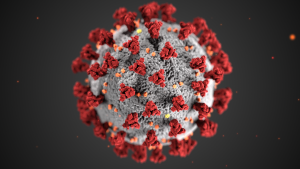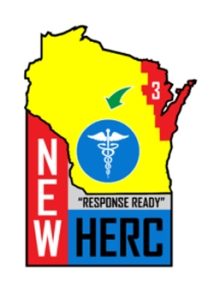Training Opportunities
We do not have any training opportunities at this time. Please check back frequently for updates.
About Us
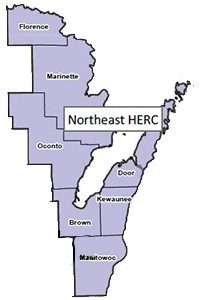 Our region is made up of seven counties Brown, Door, Florence, Kewaunee, Manitowoc, Marinette, Oconto, and two tribes the Oneida Nation and Menominee Indian Tribe of Wisconsin.
Our region is made up of seven counties Brown, Door, Florence, Kewaunee, Manitowoc, Marinette, Oconto, and two tribes the Oneida Nation and Menominee Indian Tribe of Wisconsin.
NEW HERC’s goal is to synchronize public health, tribal health, healthcare organizations, first responder agencies and emergency management in their efforts to enact a uniform and unified response to mass casualty incidents or catastrophic health events; accomplishing this by implementing the medical surge aspect of Emergency Support Function – 8, “Health and Medical Services.” Response is accomplished by implementing a tiered response methodology that will include the availability of a Medical Coordination Center.
NEW HERC’s Mission:
To ensure that the collaboration of healthcare organizations and public / private sector partners coordinate their preparation for, and response to a mass casualty incident or catastrophic health event.
NEW HERC’s Vision:
To synchronize public health, tribal health, healthcare organizations, first responder agencies and emergency management in their efforts to enact a uniform and unified response to mass casualty incidents or catastrophic health event.
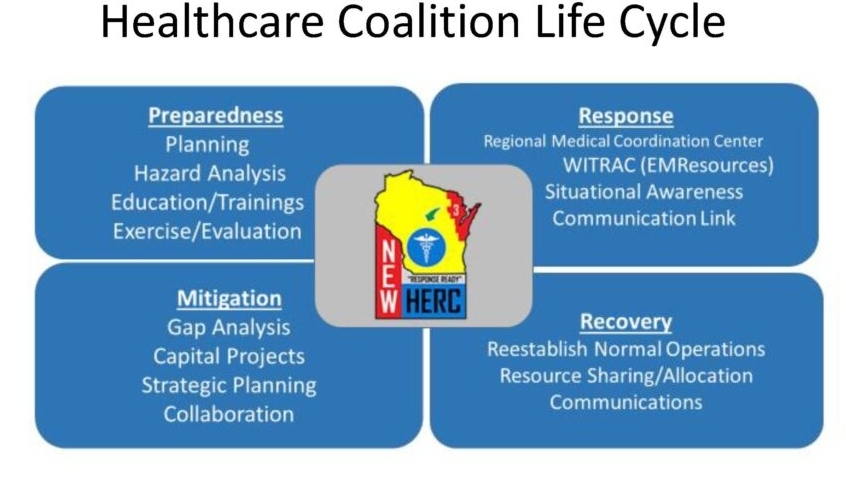
NEW HERC’s Objectives:
- Prevent the loss of life, property, and undue suffering in Region 3.
- Facilitate increased collaboration and communication of partners in Region 3.
- Identify common gaps in education and knowledge of partners in Region 3.
- Identify emerging change in practice related to preparedness for partners in Region 3.
- Coordinate identified trainings needs for partners in Region 3.
- Disseminate emerging information and guidance to partners in Region 3
- Identify new resources for partners in region 3.
